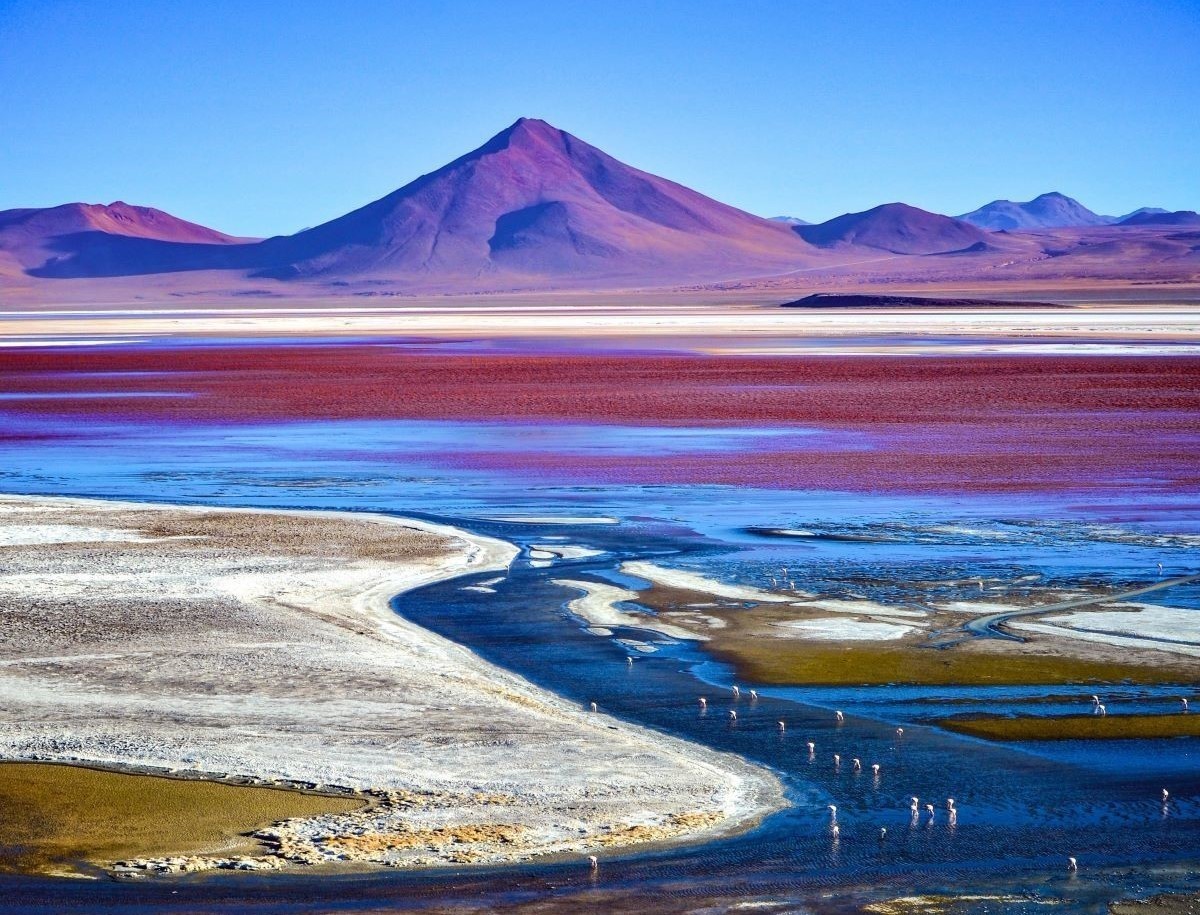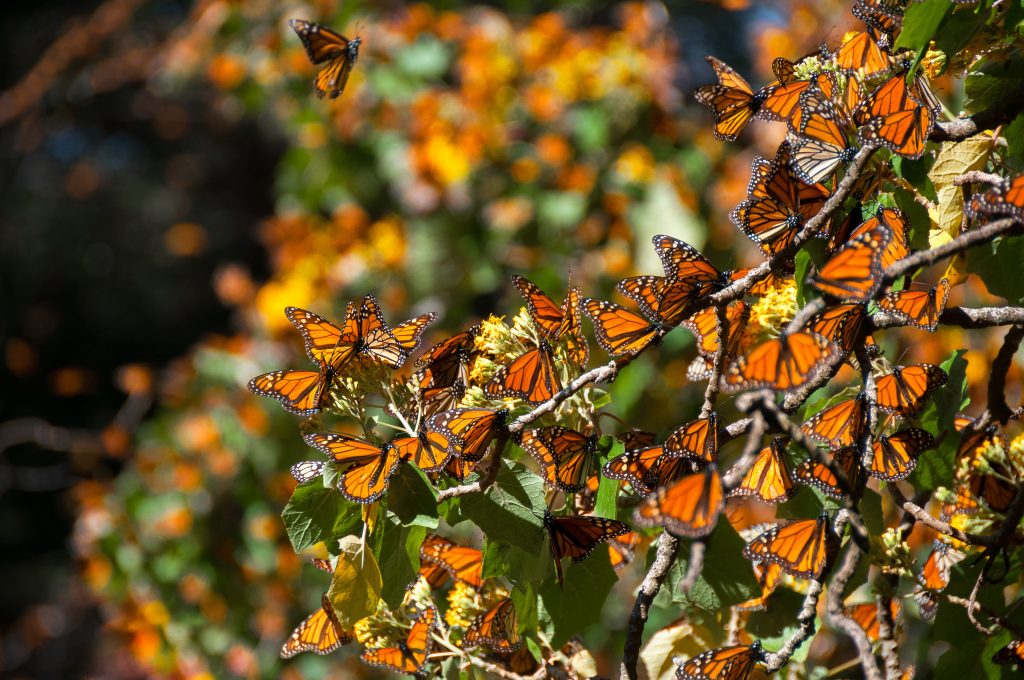News
World must act faster to protect 30% of the planet by 2030

News | Oct 2024
The international community has made some headway on pledges to protect 30 per cent of the Earth by 2030 but progress must accelerate, the official progress report from the UN Environment Programme World Conservation Monitoring Centre (UNEP-WCMC) and the International Union for Conservation of Nature (IUCN) has found.
The Protected Planet Report 2024 reveals that 17.6 per cent of land and inland waters and 8.4 per cent of the ocean and coastal areas globally are within documented protected and conserved areas.
The increase in coverage since 2020, equivalent to more than twice the size of Colombia, is to be celebrated. But it is a rise of less than 0.5 percentage points in both realms. This leaves a land area roughly the size of Brazil and Australia combined, and at sea an area larger than the Indian Ocean, to be designated by 2030 in order to meet the global target. Over the next six years the global network will need to be urgently expanded by a further 12.4 per cent on land and 21.6 per cent in the ocean.
Governments committed to ensuring that these areas are effective, well-located, connected, equitably governed and uphold human rights. While progress has been made on all elements that can be meaningfully tracked, the new data suggests that the world is falling short on the quality as well as the coverage of protected and conserved areas.

Protected and conserved areas are vital places for both nature and people. They play a critical role in halting and reversing biodiversity loss. They also provide important cultural, spiritual and economic benefits, supplying ecosystem services that help to safeguard the planet for the future of humanity. In December 2022, Parties to the Convention on Biological Diversity (CBD) agreed to conserve 30 per cent of Earth’s land and seas by 2030. This commitment is referred to as Target 3 and is one of four goals and 23 targets to tackle the global nature crisis under the Kunming-Montreal Global Biodiversity Framework. With this target, CBD Parties committed to conserving nature through protected and conserved areas, including those that allow for the sustainable use of resources, recognising Indigenous and traditional territories.
The Protected Planet Report 2024 is the first official evaluation of global progress on all elements of Target 3 since the Framework was adopted in 2022.
The report finds that:
- Protected and conserved areas must almost double in area on land and more than triple in the ocean for the 30 per cent target to be reached by 2030.
- Strongest progress since 2020 has been in the ocean, but most of this has been in national waters. In areas beyond national jurisdiction, coverage remains very low, accounting for less than 11 per cent of the total area covered by marine and coastal protected areas. This is despite the fact that the high seas cover 61 per cent of the ocean.
- Data is insufficient to fully measure and understand the effectiveness of protected and conserved areas. Less than 5 per cent of the world’s land is covered by protected areas where management effectiveness has been assessed. The figure is 1.3 per cent for the marine realm.
- Protected and conserved areas are not always established in the places that most need conserving.Only one-fifth of areas identified as the most important for biodiversity are fully protected. A further one-third of these important areas fall outside of protected and conserved areas entirely.
- Biodiversity is not fully represented within protected and conserved areas. Although one-quarter of ecological regions already have 30 per cent coverage, some still have none, meaning species and ecosystems are unevenly conserved.
- Only 8.5 per cent of the world’s land is well-connected as well as protected.
- There is little evidence that protected and conserved areas are equitably governed. Governance assessments have been reported for only 0.2 per cent of coverage on land and less than 0.01 per cent at sea. Less than 4 per cent of coverage is governed by Indigenous Peoples and local communities.
- Beyond protected and conserved areas, Indigenous and traditional territories cover at least an additional 13.6 per cent of global terrestrial areas.
It is essential that protected and conserved areas reach the 30 per cent target by 2030, but equally important that these areas are effective and that they do not negatively impact the people who live in and around them, who are often their most valuable custodians. Today’s landmark report shows some progress has been made in the past four years, but we are not moving nearly far or fast enough.
Inger Andersen, Executive Director of the UN Environment Programme (UNEP)
Great efforts are being made at the national level and we are seeing some progress. Fifty-one countries and territories have already exceeded 30 per cent coverage on land, and 31 countries and territories at sea. These achievements demonstrate that we still have time to make good on the shortfalls and make protected and conserved areas the enormous resource for people and nature that they should be.
The Protected Planet Report 2024 was prepared by experts at UNEP-WCMC in collaboration with IUCN and its World Commission on Protected Areas (WCPA). It uses the latest official data reported by governments and other stakeholders to the Protected Planet Initiative. It also features expert contributions from other indicator custodians and institutions.
The report provides an important baseline between the previous internationally agreed 10-year targets on protected areas and 2030.
This report is a clear reminder that with only six years remaining until 2030, the window is closing for us to equitably and meaningfully conserve 30 per cent of the Earth. The ‘30 by 30’ is an ambitious target, but one that is still within reach if the international community works together across borders, demographics and sectors. Crucially, Indigenous People must be supported to act as stewards of their lands, their voices and knowledge must be heard and valued. The data contained in this report will help inform decisions to keep the 2030 goal alive, and to realise lasting positive outcomes for people and nature.
Dr Grethel Aguilar, Director General of the International Union for Conservation of Nature

World in the dark on effectiveness, equity and rights
The previous global evaluation of protected and conserved areas, in 2021, highlighted the need to strengthen the effectiveness of protected and conserved areas, and ensure that they are governed equitably. Target 3 also requires progress on these issues, and states that action on protected and conserved areas should respect the rights of Indigenous Peoples and local communities.
Three years later, this report finds that there is not enough data to assess whether protected and conserved areas are working for people and nature. The elements of the target where data is most deficient are those relating to whether these areas have positive biodiversity outcomes, are governed fairly for local people, and uphold the rights of women, Indigenous Peoples and local communities. Meaningful measurements of effectiveness, equitable governance and recognition of rights is currently lacking, and greater efforts are required.
Together, these findings suggest that insufficient attention is being given to ensuring protected and conserved areas are equitably governed and to recognising the contributions of Indigenous Peoples and local communities.
Huge challenge for 2030, but still within reach
There is significant reason for optimism. In 2022, Parties to the Convention on Biological Diversity agreed to develop a consistent approach to tracking progress that may help focus attention on all elements of Target 3. They also enshrined clear safeguards for human rights within the Global Biodiversity Framework. These shifts in approach could be revolutionary, allowing for systems of protected and conserved areas that truly work for both people and nature.
The Protected Planet Report 2024’s findings have a number of implications that may guide countries in making the urgent changes needed to achieve Target 3.
First, accelerated progress on increasing the coverage of protected and conserved areas must be accompanied by equivalent efforts to ensure these areas are well-connected and in the right places.
Secondly, there is a clear need to give appropriate recognition and support to Indigenous and traditional territories. Third, commitments must be met to provide international financing to developing countries, to fund the expansion of protected and conserved areas. Under the Global Biodiversity Framework countries committed to increase investment in biodiversity from all sources to at least USD 200 billion per year by 2030.
Finally, data must be made available promptly at the global level, including on aspects of the Target 3 that cannot yet be fully assessed.
The report acknowledges that fully implementing all aspects of Target 3 will be a challenge for all countries. But it also carries huge rewards, while it remains within reach.
Main image: Laguna Colorada de Uyuni, Reserva Eduardo Avaroa, Bolivia #206762613 By Mark | Adobe Stock
More information, including a copy of the report, is available upon request. A digital report is available here.
For further information please contact:
UNEP-WCMC Communications Officer Natalie Taylor via natalie.taylor@unep-wcmc.org
IUCN Media and Communications Officer Amy Coles via amy.coles@iucn.org
Have a query?
Contact us
communications@unep-wcmc.org
